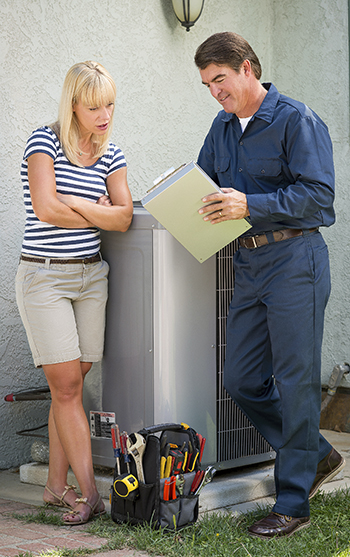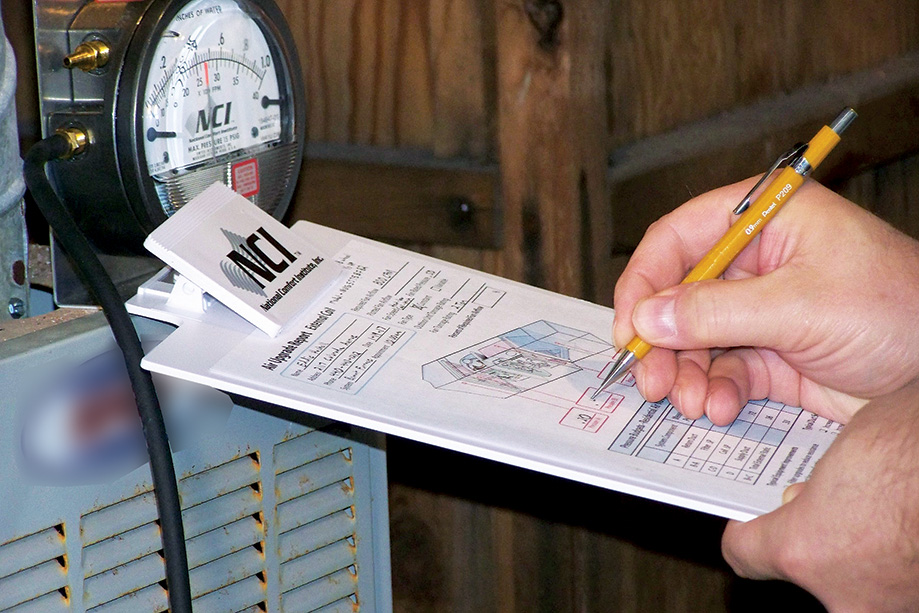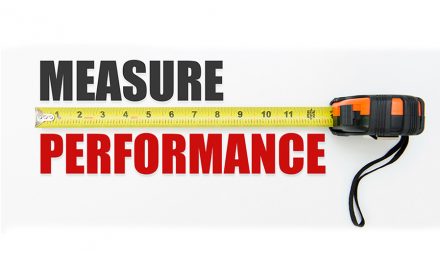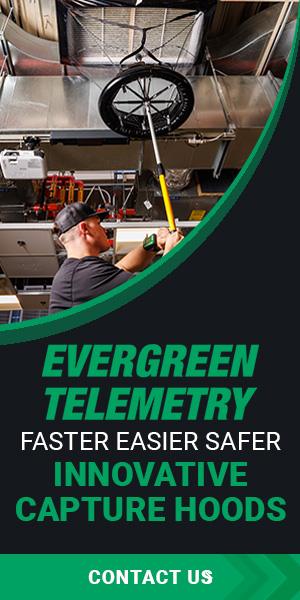Converting wet bulb readings to enthalpy using charts and conversion factors are also slipping into history.
Three Common Calculation Errors
Typically, you juggle up to 100 airflow, temperature, and system data values during Btu field testing. It’s not uncommon to lose your place or flip-flop numbers when making calculations. This is especially true when filling out paper reports using the calculator on your phone.
Is it Delta T or Delta H? – Delta T (temperature difference) and Delta H (enthalpy difference) are often swapped when testing and making Btu calculations. Since many temperature probes show all types of temperature values at one time on your smartphone, a repeated error is recording the opposite temperature unit of measurement. Remember, in heating mode, use ∆t, and in cooling mode, use ∆h.
Btu multiplier substitution – Using the incorrect Btu multiplier is one of the most common mistakes made in the field. Using the wrong multiplier is easier than you think. Why? Bbecause measured Btus are often so low that the calculated Btu value is hard to reckon immediately. When calculating cooling Btus, the multiplier is 4.5. The heating mode multiplier is 1.08.
Adjusted equipment rated capacity – Equipment rated capacity at the time of testing is the divisor in the formula that makes Btu diagnostics easy.
To be accurate, you measure and record ambient dry bulb, and entering wet bulb temperatures. Then you plot equipment rated capacity.
Once you measure and calculate delivered Btu, you divide it by equipment-rated Btu. This provides the percentage of Btu the system delivers.

To avoid all three calculation problems, consider using ComfortMaxx™ (ncilink.com/CMaxx4-0) software.
When entering system test data into the software, each of the above measurement units, multipliers, and corrections are pre-selected for you.
A new ComfortMaxx™ feature includes an auto-fill equipment-rated Btu capacity.
Five Typical Temperature Testing Mistakes
Using old school test instruments – That’s a mistake. Accurate Btu testing requires you to use temperature probes that simultaneously gather and report all equipment and system temperatures. If you don’t have enough probes to capture all the data at once, you can test the grille and register air temperatures, then test the equipment immediately after.
Improper test probe locations – Temperature probes placed near the outlet of the equipment may pick up radiant heating or cooling and throw temperature readings off by up to 25%. So place probes out of sight of heat exchangers, cooling coils, or heat strips.
Not knowing when to capture test data – Timing is an essential consideration when gathering temperature field data. When a system is operating, air temperatures constantly change. For example, simultaneously collecting equipment and register information is ideal and impacts accuracy.
Adjust the thermostat or equipment so the equipment continues to operate during the test. Then assure the equipment is operating at full capacity and stabilized before testing.
Click Below for the Next Page:













Recent Comments